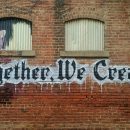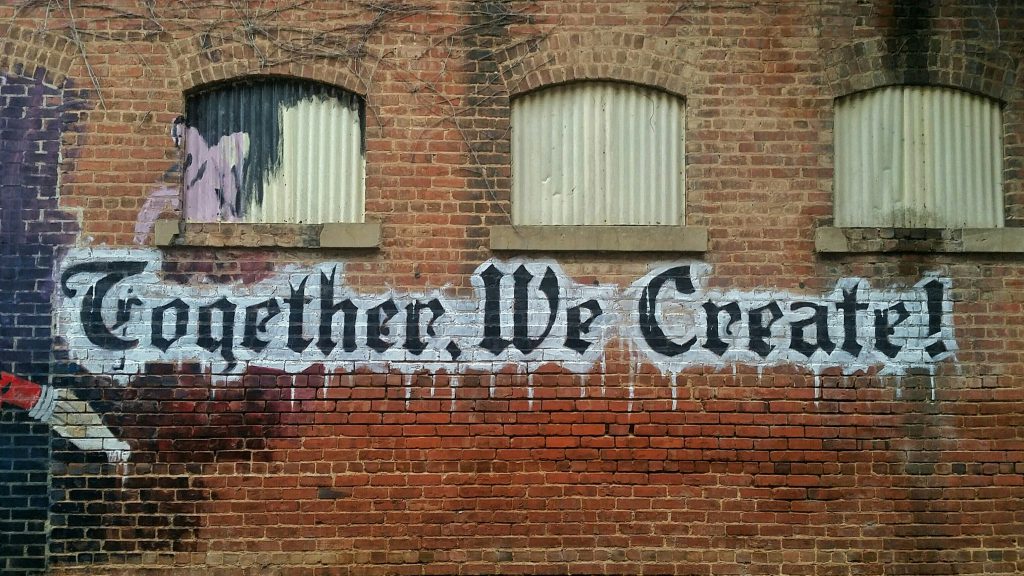
Transforming Spaces: The Intersection of Industrial Property and Creative Placemaking

Photo by “My Life Through A Lens” on Unsplash
In the world of commercial property, the fusion of industrial property and placemaking has given rise to innovative spaces that redefine the way we work, interact, and experience our environments. This blog investigates the dynamic relationship between industrial properties and placemaking strategies, exploring how these two seemingly distinct concepts are converging to shape the future of urban landscapes.
Repurposing Spaces for Modern Needs
The evolution of industrial properties reflects broader shifts in the global economy, technological advancements, and changing societal needs. From manufacturing hubs, these spaces have transformed into versatile, adaptable environments that contribute to economic and urban development in new ways. The Tobacco Factory, Bristol is a great example of a repurposed factory now used as a “a hub for great food, drink, music and art.”
Creating Vibrant Communities
Placemaking refers to the collaborative and community-driven process of planning, designing, and managing public spaces to enhance their quality and contribute to the overall well-being of the community. The goal of placemaking is to create places that people feel connected to and proud of, that embrace sustainability and inclusive design principles. It goes beyond traditional urban planning by prioritising the human experience and fostering a sense of identity, belonging, and shared ownership in a community. It can play an important role in transforming neglected areas.
Previously overlooked industrial properties have undergone a metamorphosis. These revitalised warehouse, manufacturing and factory units are helping to create vibrant creative districts. Innovation hubs attract tech startups, research institutions, and entrepreneurs, creating a fertile ground for groundbreaking discoveries and collaborations. Simultaneously, these districts celebrate artistic diversity, hosting galleries, studios, and performance spaces that contribute to a rich cultural tapestry.
Merging Functionality with Aesthetics
Adapting industrial spaces for placemaking involves thoughtful design considerations that balance the functional requirements of the space with the goal of creating a people-oriented environment. Some considerations include:
- Involving the local community in the design process to understand their needs and aspirations for the space.
- Prioritising flexibility in design to accommodate a variety of uses and activities.
- Integration of a mix of uses, such as retail, offices, residential units, and recreational areas, to create a dynamic and diverse environment.
- Reserving and celebrating the industrial heritage of the space through adaptive reuse.
- Incorporating elements of the site’s history into the design, such as repurposing old machinery, retaining original structures, or creating interpretive displays.
- Integrating greenery, landscaping, and sustainable design features to enhance the environmental quality of the space.
- Considering the incorporation of green roofs, rain gardens, and energy-efficient infrastructure.
- Engaging local artists to create murals, sculptures, or other artworks that reflect the community’s identity.
- Prioritising pedestrian access by creating walkable pathways and connecting the industrial space to surrounding neighbourhoods.
- Including features like benches, lighting, and wayfinding signage to enhance the pedestrian experience.
The convergence of industrial property and creative placemaking has reshaped urban landscapes, turning once-neglected industrial spaces into vibrant hubs of innovation and cultural richness. The evolution of these areas, such as the Tobacco Factory in Bristol, showcases their adaptability to modern needs. Creative placemaking has played a key role in this transformation, emphasising community involvement, sustainability, and the integration of diverse uses to create dynamic, people-oriented environments.
For those interested in exploring available industrial properties and contributing to the ongoing transformation, NovaLoca provides a valuable resource. We offer thousands of listings of industrial properties, allowing individuals and businesses to discover opportunities to be a part of the evolving landscape.
